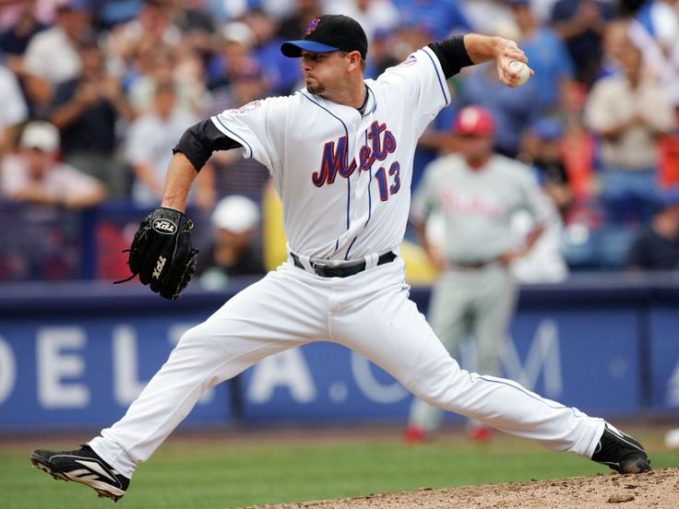
This offseason, we’re looking at the Mets’ history with free agency. The list has included several pitchers, and next up is our first relief pitcher — one of the best of his era.
The closer experiment in New York Mets history has frequently failed. Beginning in 2006, it didn’t. Billy Wagner signed a four-year, $43 million contract in November 2005 and continued a successful career that began in Houston and continued in Philadelphia.
Over four seasons, Wagner was an All-Star twice, registered 101 saves, fanned 230 batters, and had a 2.37 ERA with a 1.054 WHIP.
A native of Tazewell, VA, Wagner stood just 5-10 and threw about 100. With the Astros, he struck out more than 12 per nine innings. In two years with the Phillies, his WHIP was barely over 0.800. But after burning bridges in the city of Brotherly Love, Wagner chose to join its closest rival. It made him the highest-paid closer and bolstered the Mets’ chances of taking supremacy in the NL East.
The ninth-inning was role previously occupied by Braden Looper, who was unable to satisfy expectations in his two seasons. Wagner’s presence instantly paid dividends, along with the improvement of the team collectively.
Wagner allowed just one run in April and two in June as the Mets set out to a huge NL East lead. He’d register his 300th career save on July 4 and be on the mound for the division clincher against the Florida Marlins on September 18. Wagner finished the 2006 season with 40 saves and a 2.24 ERA and even got Cy Young Award votes — finishing sixth in the final ballot.
The postseason turned out different than the other six months. He had three saves, including the NLDS clincher, but allowed six runs over 5.2 innings. In Game 2 of the NLCS against the Cardinals, the Mets had an opportunity to go up 2-0 on St. Louis. New York’s other bullpen arms coughed up the lead, and Wagner allowed a ninth-inning tie-breaking home run to So Taguchi. Things unraveled further when he let the Cards score twice more in a 9-6 win that evened a series New York lost in seven.
Shaking off the postseason struggles, Wagner began 2007 much like he did his first year with the Mets. Named an All-Star for the fifth time in his career, he made good on 17 of 18 save chances with a 1.94 ERA. Wagner didn’t allow a run for all of July and gave up only two hits.
However, as the Mets began to slip up in the season’s final months, so did Wagner. He converted 13 of his 17 save opportunities, and some of the blown saves were significant. Capping off an August in which he had a 6.23 ERA, Wagner couldn’t prevent a four-game sweep by his former club. It was a result that proved costly when the Mets wound up a game back of Philly at year’s end. Back spasms were also a culprit in September, and an injury of greater severity curtailed his 2008 season.
He was again an All-Star and on his way to a typical Billy Wagner-type year. Then in September, it was announced he had a UCL tear on the elbow of his pitching arm. Tommy John surgery was needed and it put him on the shelf for nearly 12 months. Wagner returned on August 20, 2009 against the Atlanta Braves, striking out two in a hitless frame. But after one more appearance and with the Mets well out of contention, the team traded him to the Boston Red Sox.
Postseason disappointments aside, Billy Wagner was a rarity in Mets history: a great and relatively reliable closer. Wagner has been deprived of his deserved place in the Hall of Fame, and his career in New York would be a piece to that Cooperstown resume.















